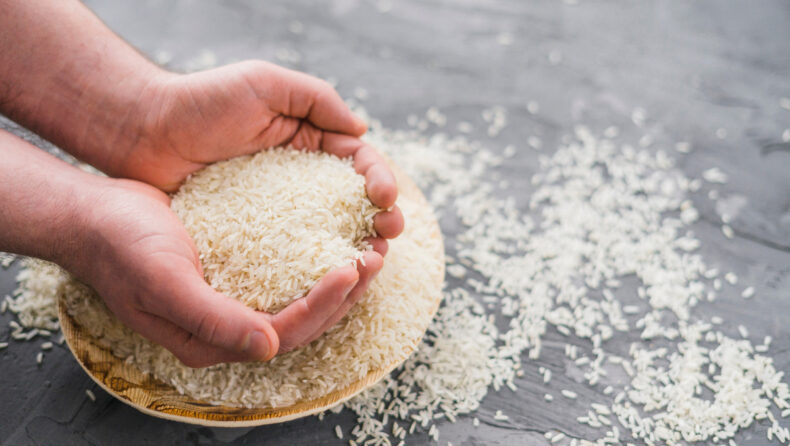As said by the Directorate General of foreign trade notification, the government of India has prohibited the exporting of non-basmati rice. It is expected to reduce India’s exports by 4-5 billion tonnes this fiscal year, or nearly more than a fifth of the export volume in the last fiscal year.
INTRODUCTION
India being the world’s leading country in exporting rice has come to this decision to ban the trade of non-basmati white rice. The export was previously considered as “free”, and is now amended to “prohibited”, as per the export policy. The exporters must now adhere to the significant amendments of regulations. However, as per the HS code, it is noted that even though designating “prohibited”, under certain consignments, some relief is provided to be able to export.
CONDITIONS UNDER WHICH EXPORT IS ALLOWED
Following are conditions where the export of non-basmati white rice is permitted
- If the loading of non-basmati rice on the ship has commenced before receiving the official notification, they are under no threat.
- Similarly, if the procedure of filing shipping bills and vessels are berthed or arrived and anchored to the Indian ports, their rotation number has been allocated before the notification, and the loading of such vessels will be approved only after confirmation by the concerned port authorities.
- If the consignment has entered the Customs station for exportation before the notification, and registered under the electronic systems of concerned authorities, with evidence verifying the date and time and stamping of commodities being entered into the customs station zone. Also, note that the verification should be before 20-7-2023, and the period of export shall be up to 30-8-2023.
- Export to other countries is permissible only when granted by the government of India to meet their food security needs.
EFFECTS OF THE AMENDMENT
It was also reported that the Indian Government might take into consideration banning the exports of most rice varieties. The decision of banning might affect around 80% of India’s rice exports. This will affect global trade by a great amount, as India stands as one of the largest exporters of rice. Countries like Africa which rely heavily on rice imports might be impacted the most, and face high food insecurity as well. Even Though, it could reduce the prices within India but could drive the international prices even higher and create a negative impact on global trade.

CAUSES THAT LED TO THIS DECISION
In the global markets, overnight, rice prices have gained by 2%. In the last two weeks, the prices have gained by nearly 6%. As for the Indian markets, the prices have been on a bowl of rice as well, being the average wholesale price rise by 8% and retail prices have gained by 3% this year.
Certain reasons led to the price changes, one of them being the kharif sowing season lagging.
Another reason is the uneven rainfall conditions.The monsoon was delayed than expected periods, created a deficit up to mid-June and after the onset of monsoon, heavy rains caused significant damage to the crops, giving rise to triggering fears of production shortfall.
The government of India has to also ensure the availability of rice products in the domestic Indian markets, as rice is the staple food for majority of Indian citizens. Therefore, to keep prices and availability in check, the decision of ban on exports was executed.














